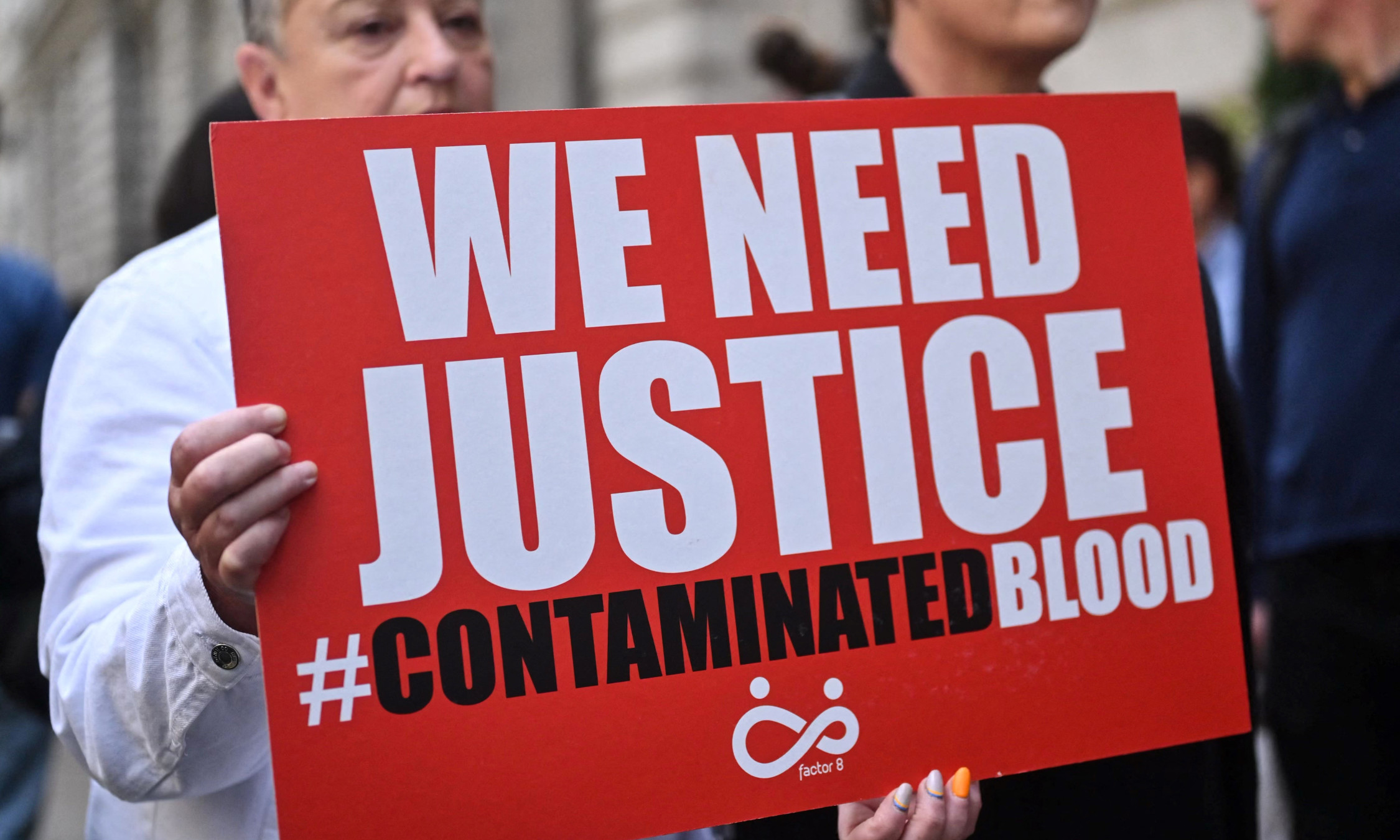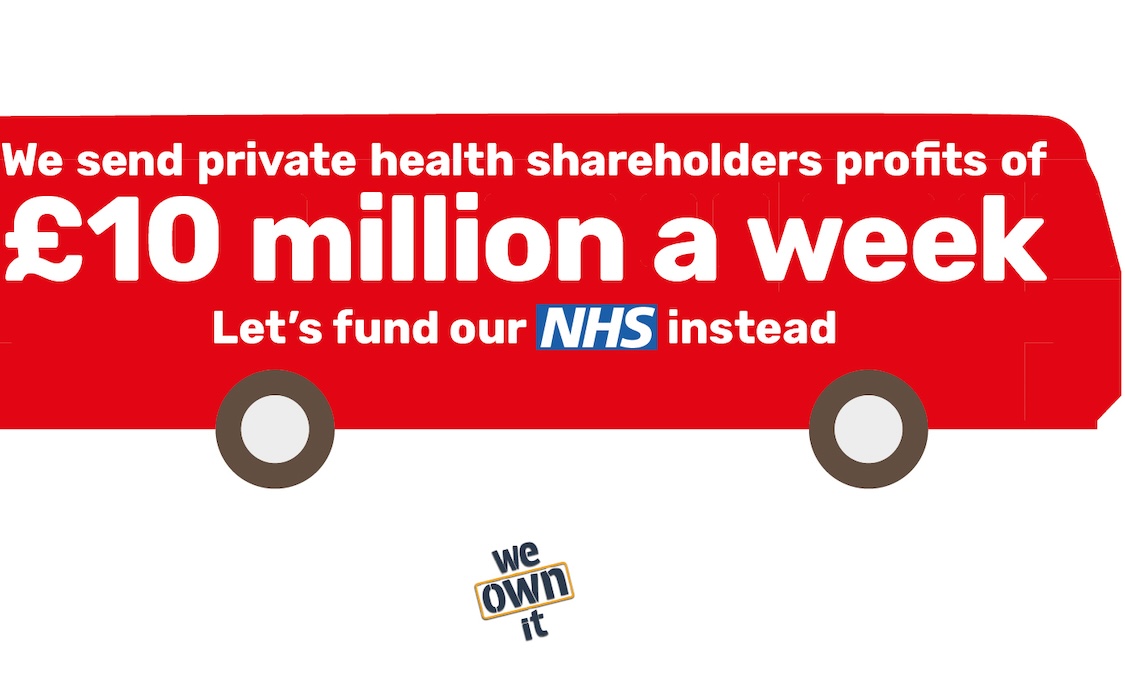In an article in the Times, published 19 January 2019, a doctor, John Cormack, highlighted the effects of the crisis/run-down of the publicly-owned and free at the point of use National Health Service from the point of view of GPs.
Dr John Cormack is 71, having been a GP for 40 years, and having six thousand patients on his list at his South Woodham practice. In the town of South Woodham, Ferrers, Essex, there were once five GP surgeries, but now there are only two. In his own practice there used to be three GPs; he now heads a team of nurses as the only GP.
Like many GPs around the country Dr Cormack has found the seductive idea of general practitioners ‘being in charge of their own budgets’ to have been a poisoned chalice. He has nothing but praise for the nurses he works with: it is they who now see all patients first, passing on only those whose problems they deem to require a higher level of competence. But at the end of the day they have only received a nurse’s training – and when it comes to healthcare, it only takes the smallest of mistakes to cause a tragedy for someone.
Dr Cormack says he is trying to cut back from his 100-hour working week but, although he now only sees the more testing cases, these do take more time, often involving arranging tests and admissions. He also alludes to the “massive bureaucratic burden” that he has to face.
In a nearby, wealthier, town he has noticed that things are very different. There seems to be much more money available for medical services, with huge surgeries employing numerous doctors, and practice management teams handling the ‘massive bureaucratic burden’ that is causing such a headache for Dr Cormack.
These discrepancies are present up and down the country and, even in the larger well-run practices, it is often the case that the GP(s) who used to run a practice are now subservient to a practice manager, who will often decide which drugs will be trialled, which treatments can be afforded and which patients should be excluded from the practice because of the high cost of their treatments.
Leaders of doctors’ organisations point out that the average GP is responsible for around 200 more patients than a decade ago, with staff shortages and longer waiting times helping to create that huge drag on hospital accident and emergency (A&E) services. They point out that the number of patients over 65 is increasing at twice the rate of patient numbers as a whole, and that surgeries in some parts of the country are seriously understaffed.
This chronic overworking of some GPs is driving many of them out of the NHS, which in turn is increasing the staff shortages that will destroy the government’s £20bn ten-year NHS plan long before it is even half-way through. The plan in question, put forward by the present Conservative government, supposedly has a long-term vision of a healthy NHS that relies on keeping patients out of hospital through bigger and better GP surgeries and more local care!
No doubt what prime minister Theresa May and her corporate backers are really aiming for is a lucrative private medical service that aims at offloading as many as possible of the patients who can’t pay onto cheap and underqualified staff. How many times have we heard this type of promise from bourgeois politicians bent on privatising everything in sight while claiming only to be interested in increasing the ‘efficiency’ of a public service?
Knocking a hole in this ‘vision’, official figures released in January 2019 showed that three million patients a month were routinely waiting more than three weeks for an appointment to see a GP.
Overworked GPs
Prof Helen Stokes-Lampard, chairwoman of the Royal College of General Practitioners is on record already this year as saying: “older, sicker patients were having a massive impact on workload, both in terms of volume and complexity. Unfortunately, as this data [extensive research just released by the RCGP] shows, the GP workforce is not rising with demand.”
She was speaking on the BBC’s Today programme on the subject of underfunding being the cause the GP shortage. She said: “Overall, we just don’t have enough GPs. That is a pretty well-established fact. We have had a historic underfunding of the whole NHS, but particularly an underfunding of general practice.” Prof Stokes-Lampard gave the warning that this was untenable, adding that the NHS “runs the risk of a perfect storm”.
Figures released from the quango NHS Digital totally support the claims made by Dr Cormack and Professor Stokes-Lampard, even if they didn’t mean to, confirming the increasing workload and decreasing staff levels as well as the huge local variations.
In Swale, Kent, for example, there were 3,342 registered patients per full-time GP, compared with 1,192 in Rushcliffe, Nottinghamshire. Last November, one in four Swale patients waited more than two weeks for an appointment, compared with one in five nationally.
Rebecca Fisher, of the Health Foundation think tank, has added to the debate saying: “Over the past decade, the GP workforce has fallen faster in the most deprived areas.” Ms Fisher has, wittingly or otherwise, made the obvious class link, proving something that we were all vaguely aware of: namely, the poorer you are the poorer your healthcare will be, just as in the fields of education, housing, food etc.
Even if they do not pay directly for their healthcare, people in poor areas do not receive the same service, as is witnessed by the lower life expectancy rates in the poorer areas of Britain. This has nothing to do with the commitment of individual GPs, who struggle on a daily basis to provide a service, but is a result of the real economics behind it – namely, that poorer people who live in substandard housing, do low-paid work or survive on benefits, and eat the cheapest food, are often not as healthy as wealthier people, and will tend to be costlier to treat. It is as simple as that.
Wealthier people, of course, can also take the option of private treatment to get around waiting lists, or of buying for themselves medicines and treatments that cost more than a practice will or can pay.
The 10-year plan
So how exactly is this 10-year plan that our government has thought up supposed to save the NHS?
Simon Stevens, head of NHS England, the government’s mouthpiece and doer of dirty deeds in the field of healthcare, tells us that the plan will include digital appointments with consultants, which he claims will become the norm under this plan for the future of the health service. He claims that 30 million hospital visits a year will be avoided by use of Skype calls, smartphones and other ways to talk to a doctor that are intended to reduce face-to-face consultations by a third and save billions of pounds.
The health secretary, Matt Hancock, totally on message with the programme, has thrown in his tuppence, saying: “Technology will truly transform our NHS, with every patient entitled to online GP consultations and wearable technology bringing forth a new era of personalised care. In our hospitals, the current model of outpatient services is outdated, wasting too much time and causing too much inconvenience for patients. It also eats into the valuable time of our doctors and nurses.”
Mr Stevens doesn’t say what happens to those who don’t have access to computers or smartphones, but can you imagine people having to sit in internet cafes trying to discuss sensitive problems with a doctor? And who will pay for those calls? The simple fact is that older and/or poorer people, even if they have a mobile phone, are often unable to use all the technology available, or, through poverty, are stuck with using pay-as-you-go options that are dearer in the long run even if they seem cheaper in the short term. Clearly, some patients may not have either the expertise or the credit to make the necessary calls that this ‘digital vision’ calls for.
Moreover, the doctor still needs to be available at the other end with access to patient records etc, all ailments would still need to be described to a doctor, and to be seen and discussed by them. Surely these necessities will still take up our doctors’ time? Will a smartphone be able to take accurate blood pressure or temperature readings, feel pulses, or observe the symptoms a lay person may not have mentioned because of not realising their significance?
And what of patients with language difficulties or impaired mental capacity? Truly these smartphones will need to be really smart – and, no doubt, astronomically expensive, if such capable machines ever did come into existence.
Mr Stevens has promised to end the “outdated and unsustainable” model of hospital appointments that has persisted for 70 years. He argues that “online efficiencies would help to close a funding gap and deliver pledges to improve GP care and outcomes for cancer, mental health and heart disease”.
The plan being put forward by the government through its NHS England lapdog has already received a great deal of criticism, as it seems to have ‘lost’ a commitment to hit waiting time targets, with some now fearing that longer delays in one place will be the price of improved care elsewhere. If this is so, we can hazard a pretty good guess at where the increased waiting times will fall, and where any ‘genuine’ tangible improvements might end up being felt.
In early January 2019, as the plan was launched, Theresa May said that it marked “a historic moment for patients across the nation”, adding that the use of technology would let the NHS “make the most of exciting new possibilities and give you greater control over your own care. That means everything from being able to monitor conditions from the comfort of your own home to accessing your GP via your smartphone.”
Once again, back in the real world, and aware that not one of the political parties that take turns in providing ‘government’ under the bourgeois state system really wants to save or improve the health service for the working class, most people who are prepared to look can see this as some kind of extension or normalisation of the controversial Babylon app. This app allows patients to leave their current GP’s list and opt instead for a virtual service that promises online GP consultations within two hours.
This may, at some point in the future, seem like the better of two bad options in poorer areas, where the burden of further extended waiting times through reduced GP availability is likely to hit hardest. But it will, if taken up, kill off the remaining GP service in those areas, forcing more people to take up the app whether they want to or not. The Babylon app has already attracted much criticism from various sources as a device for creaming off young, healthy people and leaving the traditional GP surgeries with the expensive elderly and vulnerable patients.
‘Personalised care’
It is planned, we are told, that some five million patients with long-term illnesses will receive more ‘personalised’ care. The plan proposes extending the system of allocating ‘personal budgets’ to allow patients to decide how NHS money is spent on them. In practice, this means that the patients will, for example, be able to employ their relatives as carers, or choose to enrol in exercise classes or consult ‘alternative’ (or quack) practitioners.
But what happens when the ‘personal budget’ runs out? This is when the patient realises that, under the slogan of freedom of choice, he has agreed to the rationing of his entitlement to medical care. (Just as so-called ‘freedom of choice’ in education has left 40 percent of teenagers without their first choice of school this year in England.)
This is the largest nail yet in the coffin of the NHS’s commitment to provide healthcare free to all those who need it, from the cradle to the grave.













